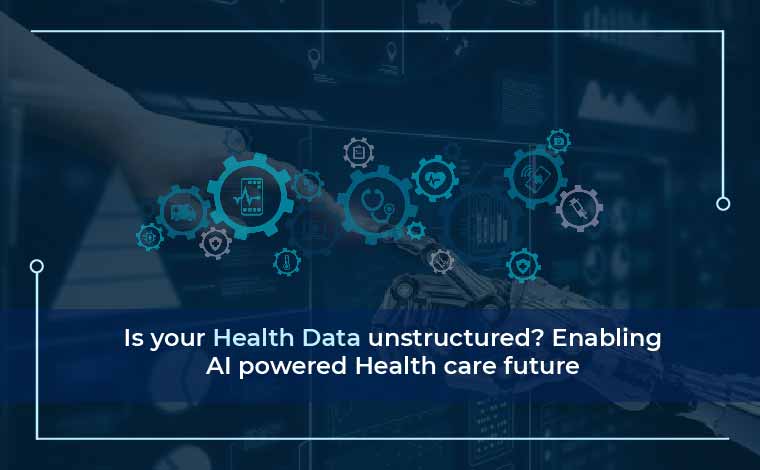
Many businesses use artificial intelligence (AI) technology to reduce operational costs, increase efficiency, grow revenue, and improve customer experience. For the greatest benefits, businesses should look at putting the full range of smart technologies – including machine learning, natural language processing, and more – into their processes and products. But, even businesses that are new to AI can gain rewards.
If you ask a hospital IT executive what quantity of their data requires changes, most of them would respond that plenty or most of their data. If you asked a practice manager or doctor what quantity of health data needs modification, they would likely respond, “What does one mean?”
The reality is that most doctors, nurses, and practice managers don’t care about the data structure. Yet, they must care about extracting the value of their organizations’ structured and unstructured data.
The reality in healthcare focuses on unstructured data. Our systems and software have to handle unstructured data to ease the AI-powered healthcare future. That is right. An AI-powered healthcare future evolves on the structured and unstructured healthcare data.
Research suggests that AI doesn’t always perform best on its own. AI technologies are great at driving or even replacing the lower-level, repetitive tasks, but businesses often achieve the greatest performance improvements when humans and machines work together.
To use this powerful technology, you should consider AI augmentation rather than replacing human capabilities. Many healthcare providers fear AI-powered systems, as they know the info they currently have is not excellent. That visit was a controversy for several organizations. Bad data goes to provide bad AI-powered support.
We shouldn’t expect technology to resolve our bad day, but technology will amplify your organization’s state. If your organization is creating prime quality health data, then the AI-powered future can propel in amazing ways to succeed. If your health data is poor, these new AI-powered systems visit to highlight how your organization is being run.
It should be one of the large lessons we remove from the EHR experience. Healthcare organizations with poor workflows hoped that implementing an EHR would help them fix their workflows rather than EHR fixing and highlighting the poor workflows.
Technology accentuates and accelerates your current state. It doesn’t usually fix it. You have got to repair your organizational workflows first and use technology to speed up the process.
